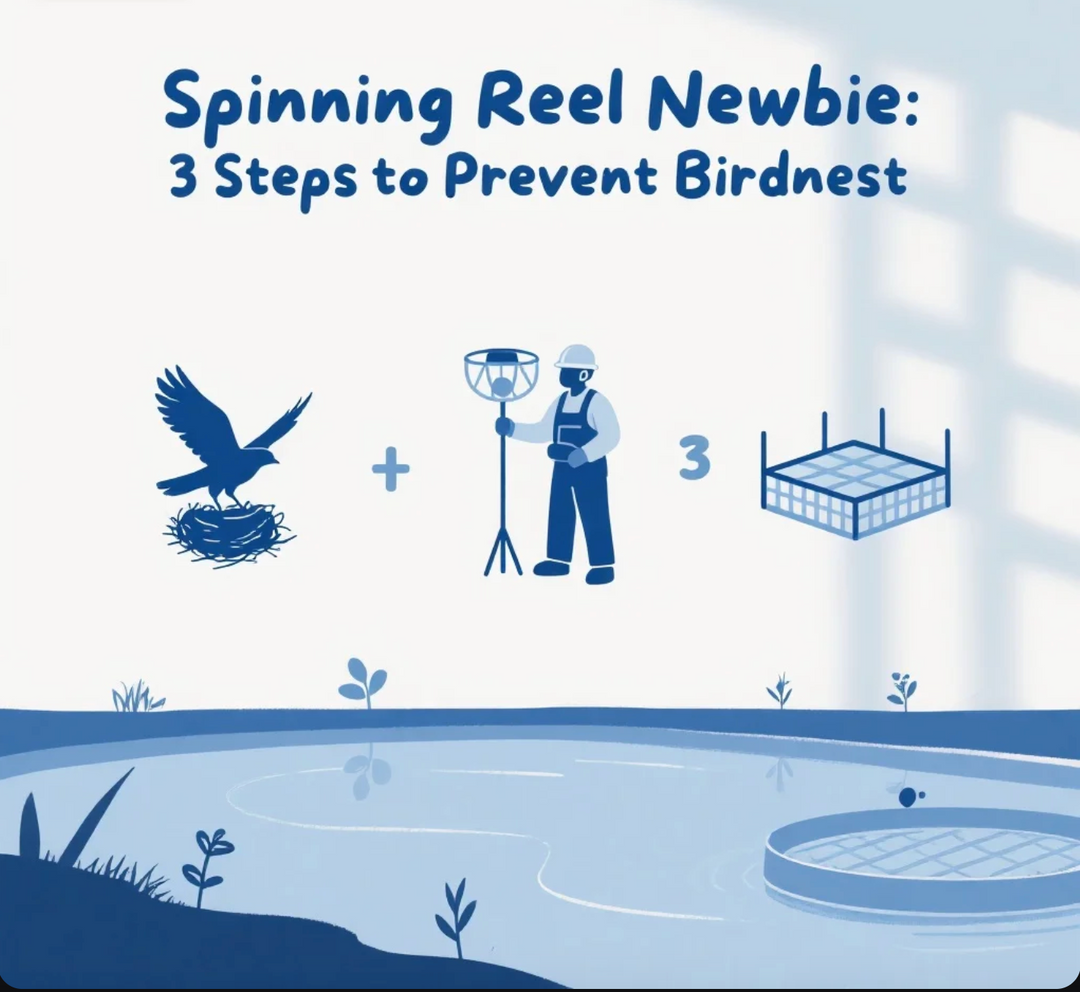From "Catch" to "Protect": Modern Anglers’ Ecological Responsibility and Sustainable Practices
For generations, fishing has been a beloved pursuit—connecting people to nature, fostering patience, and creating memories. But as awareness of environmental challenges grows, the angling community is undergoing a transformative shift: from a focus solely on "catch" to a commitment to "protect." Today’s modern anglers recognize that sustainable practices and mindful choices are not just ethical imperatives—they’re essential to preserving our waters, fisheries, and the sport we love for future generations.
The Rise of Sustainable Fishing: Why It Matters
Overfishing, habitat destruction, and pollution have put immense pressure on aquatic ecosystems. According to the Food and Agriculture Organization (FAO), nearly 35% of global fish stocks are overfished, highlighting the urgent need for collective action. For anglers, this means reimagining their role: fishing gear is no longer just a tool for recreation but a means to drive positive change. By adopting eco-friendly practices, anglers can minimize their impact and actively contribute to the health of our oceans, rivers, and lakes.
Key Strategies for Sustainable Angling
1. Invest in Eco-Conscious Fishing Gear and Fishing Reels
Choosing the right equipment is the first step toward sustainability. Opt for fishing netting made from durable, non-toxic materials like nylon or fluorocarbon, which degrade less harmfully than traditional plastics. When selecting a fishing reel, look for models designed with energy efficiency and longevity in mind—well-maintained reels last longer, reducing waste. For trout fishing enthusiasts, trout fishing gear should prioritize minimal bycatch features, such as barbless hooks, which allow for quick, ethical releases of undersized fish.
Pro Tip: Invest in fishing gear from brands committed to sustainability. Many companies now use recycled materials or support marine conservation initiatives, ensuring your purchases align with your values.
2. Practice "Catch-and-Release" with Care
Catch-and-release is a cornerstone of sustainable fishing, but it requires skill and intention. Use fishing netting with soft, knotless mesh to avoid injuring fish, and handle them gently—wet hands only, to protect their slime coating. For larger catches, keep fish in the water as much as possible and release them quickly to ensure survival. Remember: every fish returned to the water helps maintain healthy populations for years to come.
3. Support Local and Sustainable Fishing Stores
Whether you’re stocking up on fishing gear online or visiting a brick-and-mortar shop, choose retailers that prioritize sustainability. Many fishing store[goofishrod.com] online now highlight eco-certified products, such as MSC (Marine Stewardship Council)-certified seafood or sustainably sourced tackle. Searching for a "fishing store near me"? Look for local shops that partner with conservation groups, host workshops on ethical angling, or offer repair services to extend the life of your gear. Supporting these businesses strengthens community ties and promotes a culture of responsibility.
4. Advocate for Policy and Community Action
Anglers have a unique voice in shaping environmental policies. Get involved with local fishing organizations, attend town halls, and support legislation that protects waterways and regulates overfishing. Share your knowledge with fellow anglers—organize workshops, start online forums, or use social media to spread awareness about sustainable practices. Together, we can amplify the impact of individual choices.
The Future of Fishing: A Collective Effort
The shift from "catch" to "protect" isn’t just a trend—it’s a necessity. By choosing sustainable fishing gear, practicing mindful angling, and supporting ethical businesses, modern anglers are leading the charge in conservation. Remember: every reel cast, every hook set, and every decision to prioritize the environment ripples into lasting change for our planet’s aquatic ecosystems.
Ready to make a difference? Start by evaluating your fishing gear collection, exploring eco-friendly options, and connecting with like-minded anglers in your community. The waterways we love depend on it—and so does the future of fishing.











Leave a comment